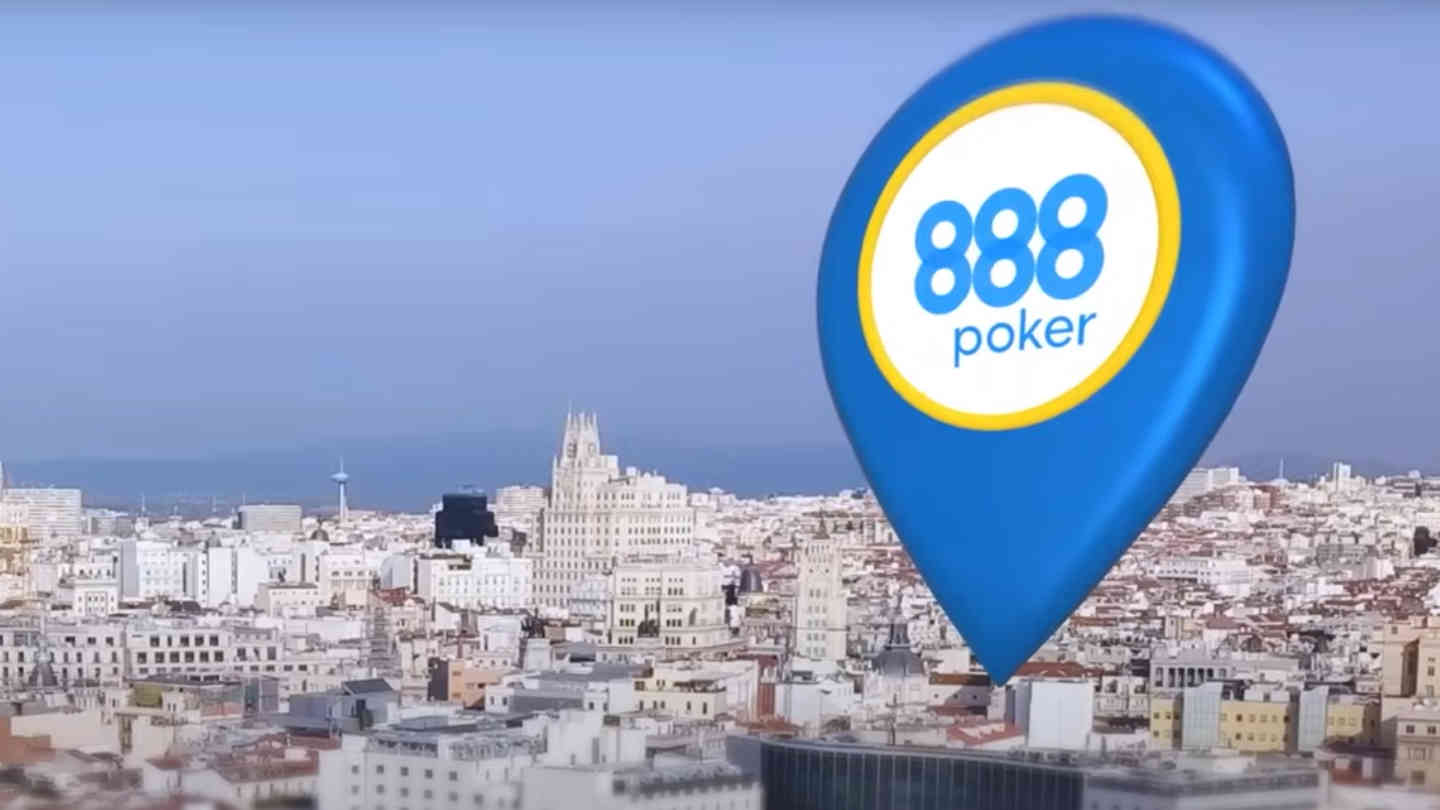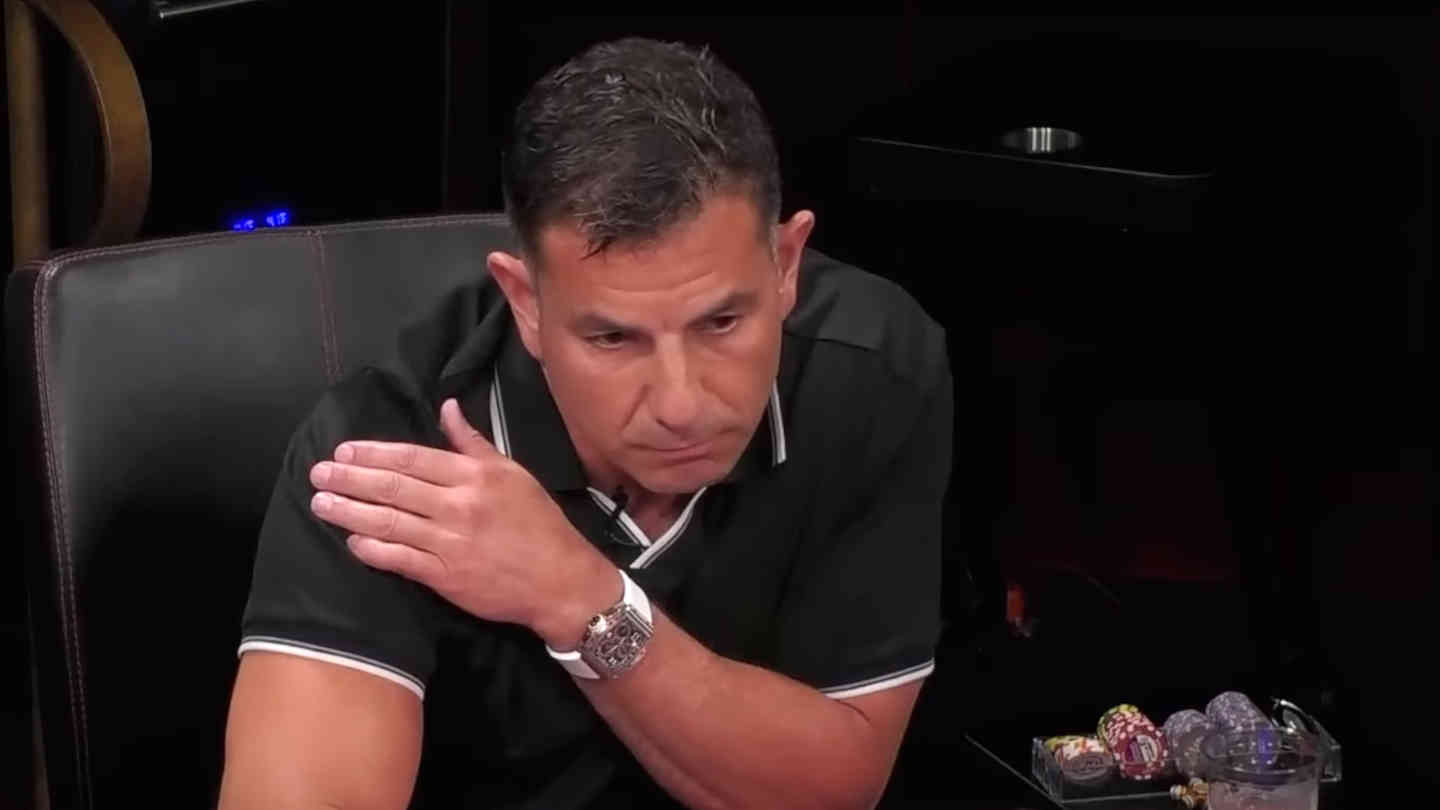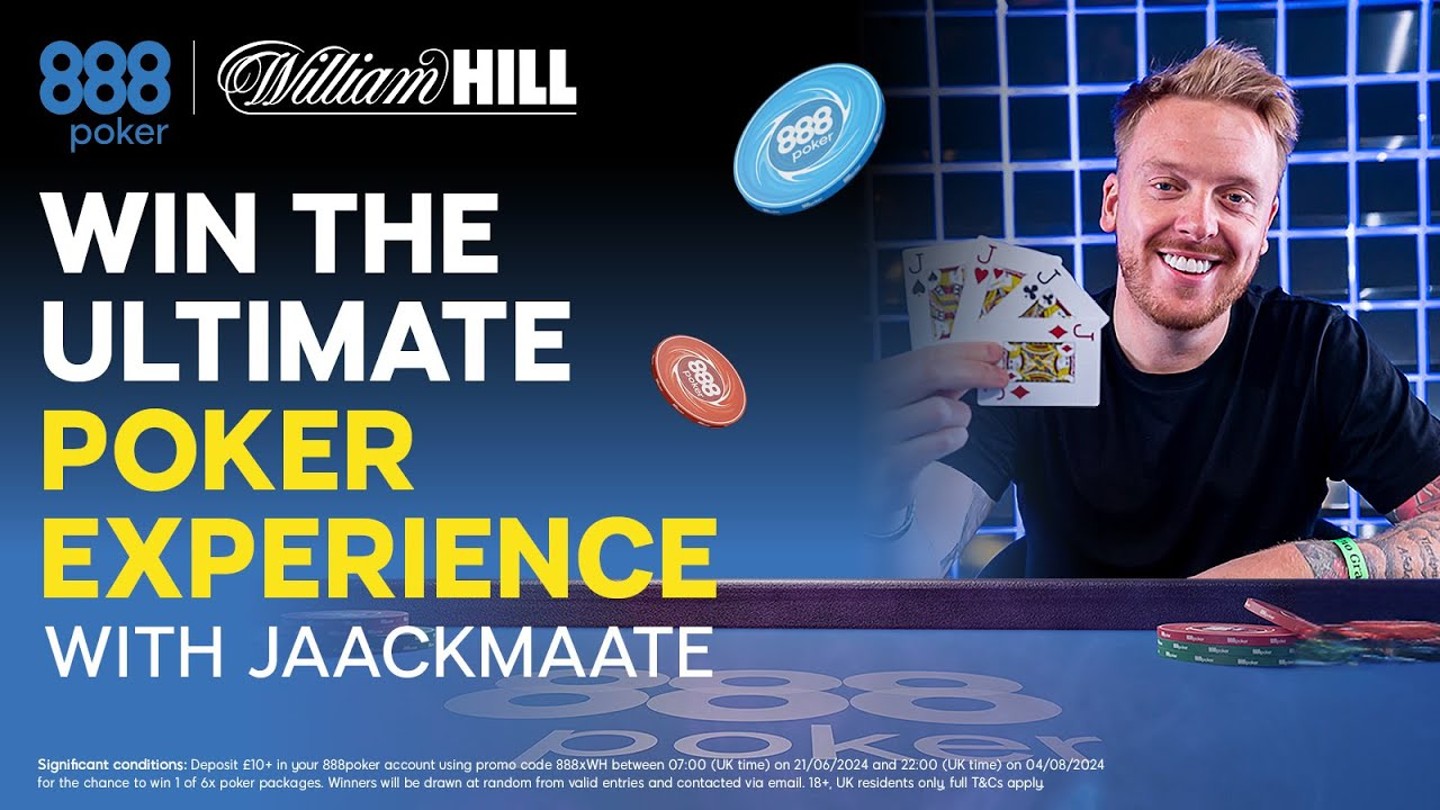How to Find the Best Squeezing Opportunities
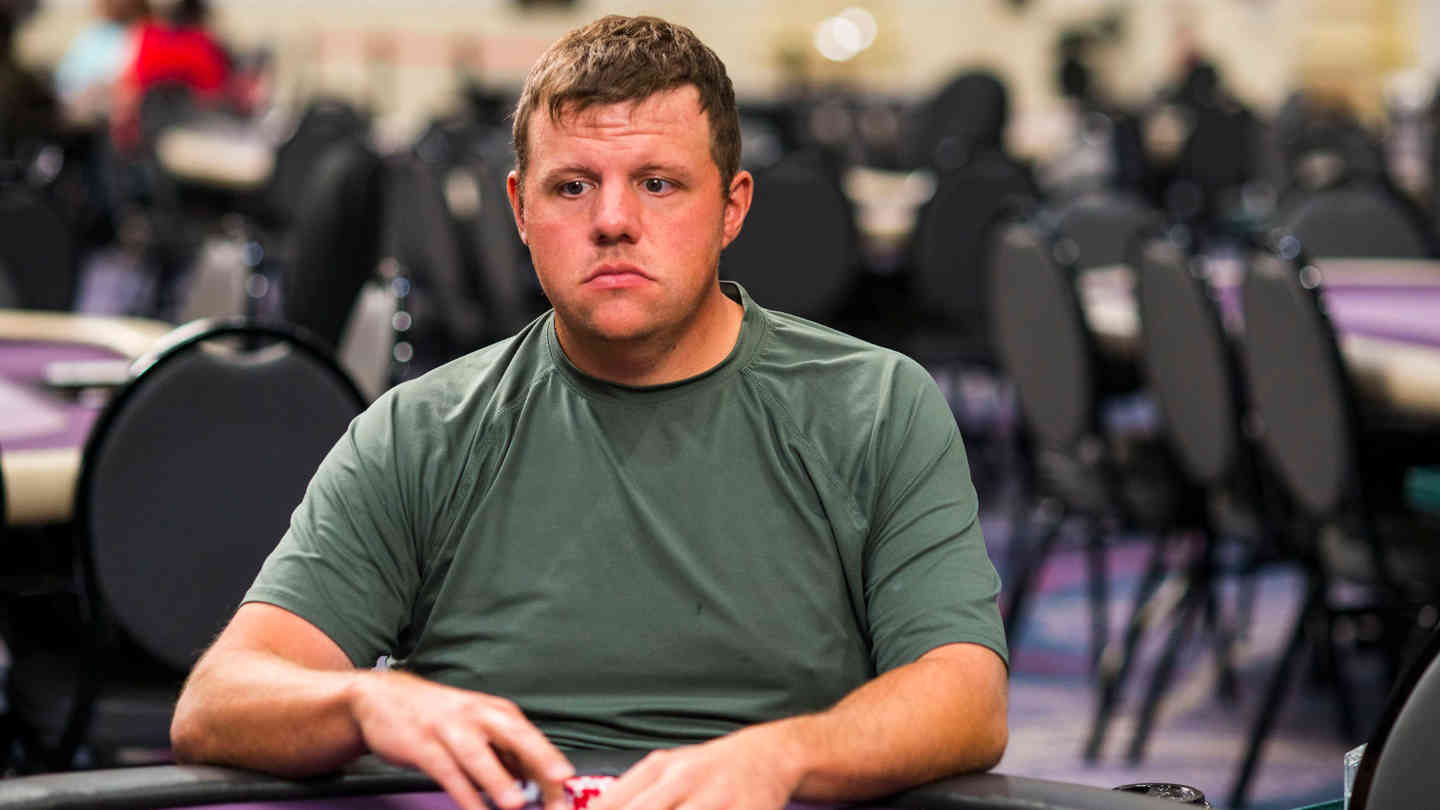
5 minutes
Last Updated: June 28, 2024
If you want to increase your edge at the tables even further, make sure to check the Pokercoaching training site.
…
When it comes to preflop strategy, squeezing is one of the aspects of the game that many players seem to struggle with.
In this article, I’ll talk about squeezing opportunities, and for the sake of clarity, when differentiating between the squeeze and the 3-bet, squeeze spots are those where there is an open and at least one caller, whereas 3-bets are heads-up situations (i.e., there is an open and it folds to you).
Firstly, we’ll cover some of the theory and talk about fundamentals of this play, when to use, and how it can be a very helpful tool to amp our preflop aggression. Then, we’ll look at a few hand examples.
Why Squeeze & Who Is This Play Targeting?
The first thing to clarify when talking about the squeeze play is who we are targeting with this move. Is it the original opener or the caller?
While the play obviously attacks both opponents, the caller is our primary target. The caller will typically have a capped range in these spots, as they are incentivized to 3-bet with their best hands. Thus, their range is capped and condensed.
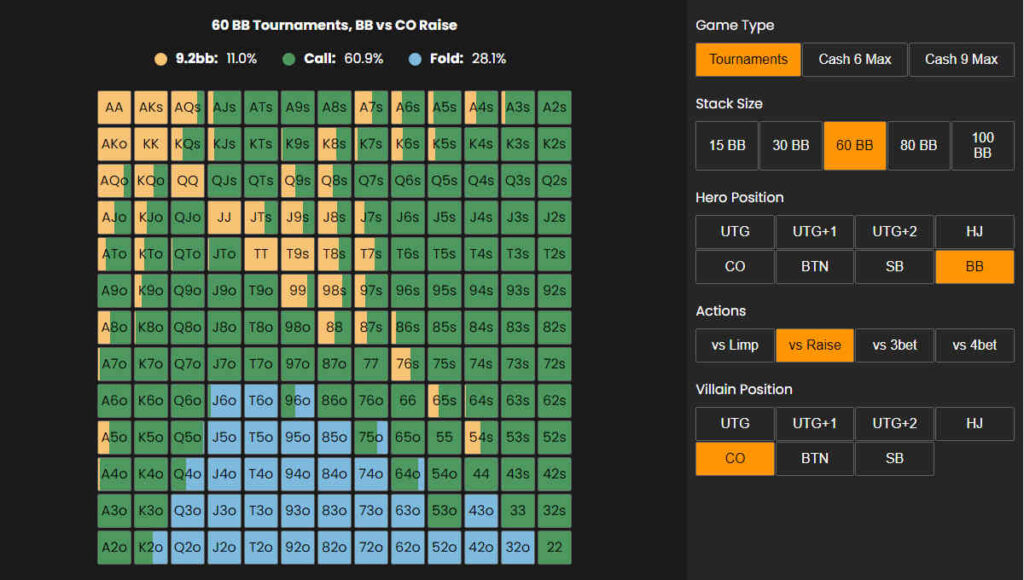
Generally, the biggest concern when deciding whether to 3-bet is the possibility of a 4-bet. When it comes to squeeze spots, the likelihood of this happening doesn’t change too much compared to heads up situations. The flat caller will rarely have a hand that they can back-raise with.
So, the risk is about the same, but the amount of money in the pot is bigger when squeezing.
Poker is a game of opportunity costs. In heads up spots, the EV of calling is quite good because the equity is split between just two players. When there are three players involved, the equity is split between them, which lowers the calling equity and lowers the threshold for 3-betting.
Structuring the Squeezing Range
We’ve covered why squeezing makes sense and where the incentive for this play comes from. The question that we need to answer now is, what does our squeezing range look like, and is it linear or polar?
It may come as a bit of a surprise that the squeeze range is extremely linear (as opposed to the regular 3-betting range, which tends to be mostly polar). This is one of the reasons players miss many squeeze opportunities since they’re used to polar 3-betting ranges.
That said, there is some range splitting, so there is a polar section within our liner range, especially when playing with 50 big blinds or fewer.
This can be a bit confusing, so let’s look at an example.
The cutoff opens from a 52BB stack, the button calls (70BB), and we have 43 big blinds in the small blind.
Our calling range is completely capped in this spot, and, in general, each subsequent caller will be more and more capped (in multi-way scenarios).
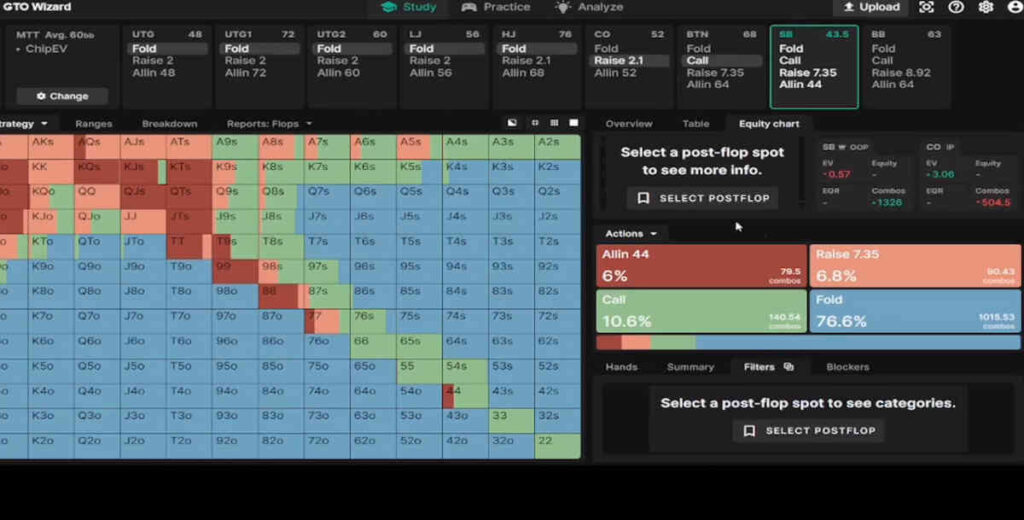
If we look at our squeezing range, we can see it is very linear. However, within this range, we have a polar segment, i.e. poker hands that don’t want to raise fold and should be played as all-in instead.
These are hands like suited broadways, pocket tens, nines, eights, AK, and AQ offsuit that we would typically reshove with for 20 – 30 big blinds.
Then, as you can see on the chart, there is a mix of hands that we want to play as a raise for value, as well as those that are in the bluffing range, like KQo, A8s, and A5s.
Squeezing from the Big Blind
Let’s now move on to a few examples to underline everything discussed up to this point. We will start with squeezing from the big blind.
A player raises from the cutoff, the button calls, and the action is to the big blind. The big blind’s calling range is completely capped, but we can still squeeze with our strong hands because it’s really hard for these players to take advantage.
They are blocked by each other’s ranges, so even though we don’t have good board coverage on high boards when we just call, the button will have that coverage, making it hard for the original opener to do much.
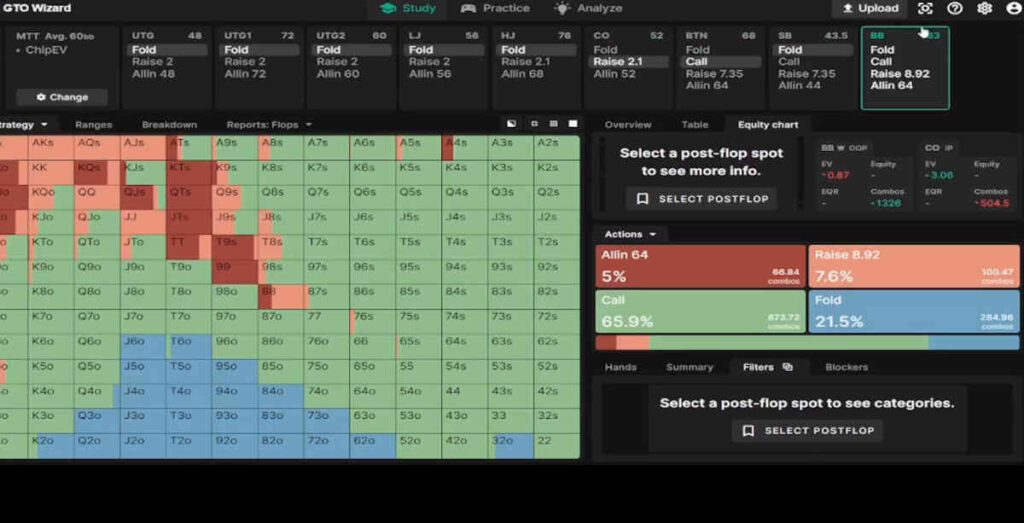
If you look at the chart, you’ll see some hands that want to squeeze all in for about 50 big blinds that may seem a bit too light. However, by doing this, we get many better hands to fold and increase our stack by over 10% without having to see the flop.
Squeezing from the Small Blind
For the small blind squeeze example, we’ll look into a situation where the small blind has AJ off. A player with a 45 big blind stack opens, the button calls (with 150 big blinds), and we have 110 big blinds in the small blind.
It is interesting that even this deep, there are some shoves. The reason is that the button player has very little incentive to trap with premiums like pocket aces or pocket king. So, they’ll really struggle to find any calls, and the original opener’s range is more than wide enough.
Button Squeezes
To wrap it up, we’ll look at an example of a button squeeze.
The HJ opens playing from the stack of 76BB, CO with 52BB calls, and we have 100 big blinds on the button with KJ offsuit. This hand is just good enough to squeeze with in this situation.
In terms of sizing, when squeezing in position, we can afford to go a bit smaller, like 7-8x instead of 9-10. Since we have a position, we aren’t too worried about seeing the flop and playing out the rest of the hand.
Hopefully, this article has helped you realize that squeezing opportunities are much more common than most players believe, especially at lower stakes where there is too much calling.
Don’t be afraid to ramp up your preflop aggression by squeezing more often and picking up the dead money in the middle!







